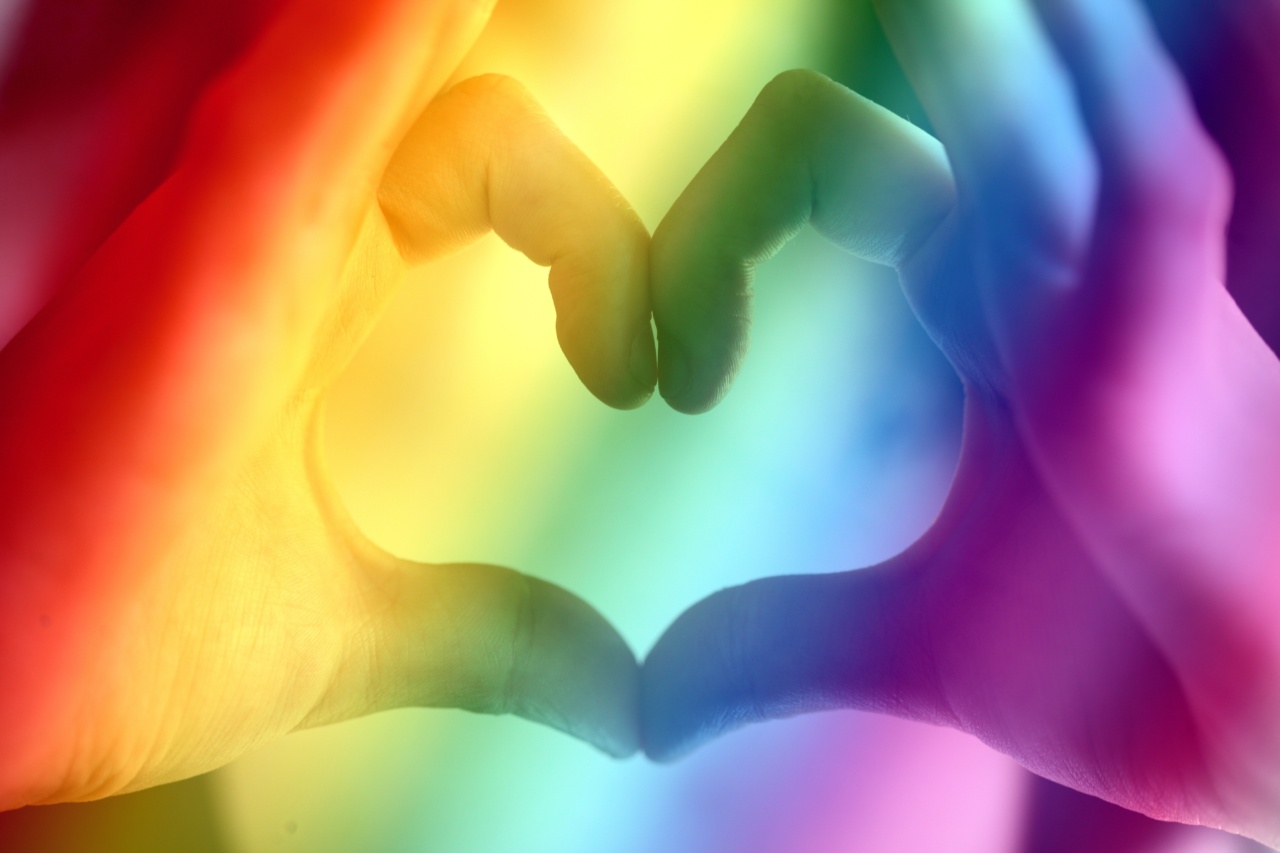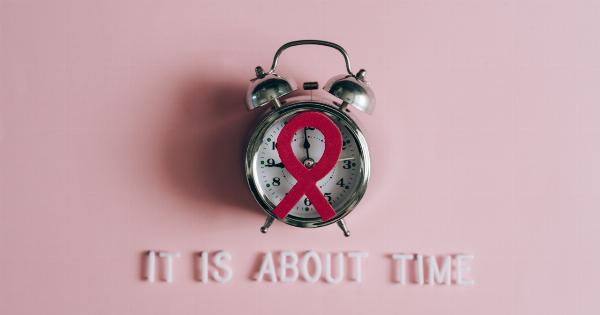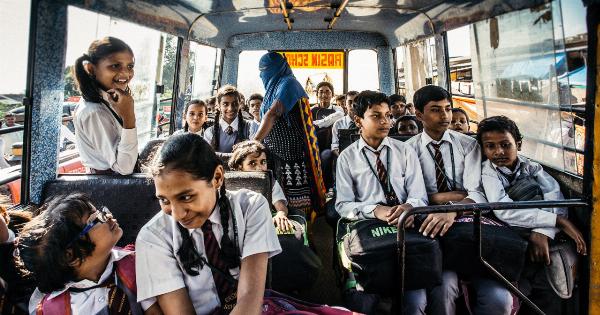Gender inequality is a deeply rooted social issue that continues to persist in various forms around the world.
This article aims to illuminate the subject from a female perspective, shedding light on the challenges, injustices, and prejudices that women face on a daily basis. By exploring both historical and contemporary contexts, we can gain a comprehensive understanding of the complexities surrounding gender inequality.
Historical Perspective
Throughout history, women have been marginalized and discriminated against, often being denied basic rights and opportunities solely based on their gender.
From limited access to education and employment to being denied suffrage, women have long been subjected to systemic oppression. The subjugation of women can be traced back to ancient civilizations where patriarchal societies prevailed, perpetuating deeply ingrained gender norms.
Education and Career Opportunities
One of the major facets of gender inequality is the disparity in educational and career opportunities. Historically, women were discouraged from pursuing education beyond basic literacy.
This lack of access to quality education limited their professional opportunities and perpetuated the notion that women were meant to be homemakers rather than pursuing careers.
Even today, women continue to face bias and discrimination in various academic and professional spheres. Gender stereotypes, glass ceilings, and unequal pay persist, preventing women from reaching their full potential.
The underrepresentation of women in leadership positions is a clear indication of the gender-based barriers that continue to exist.
Violence Against Women
Gender inequality is closely linked to violence against women. Women worldwide face various forms of violence, including domestic violence, sexual assault, and harassment.
These acts not only have severe physical and psychological consequences but also perpetuate a culture of fear and subjugation.
Victims of violence often face societal blame and shaming, contributing to a culture of silence around these issues.
The lack of proper legal and social support systems further exacerbates the problem, making it difficult for women to seek justice and protection.
Reproductive Rights and Health
The control and restriction of women’s reproductive rights are additional manifestations of gender inequality.
Laws and policies that limit access to contraception and safe abortions infringe on women’s autonomy over their bodies and reproductive choices. Such restrictions reinforce the notion that women’s worth lies solely in their ability to bear children.
Furthermore, women’s health concerns, such as menstrual health and menopause, are often trivialized or ignored, leading to inadequate medical attention and support.
The lack of research and awareness surrounding women-specific health issues further exemplifies the gender bias within healthcare systems.
Social and Cultural Expectations
Social and cultural expectations place an immense burden on women. From a young age, girls are often conditioned to conform to societal norms and expectations, limiting their freedom of expression and personal choices.
The pressure to adhere to beauty standards, conform to gender roles, and prioritize caregiving perpetuates inequality.
Furthermore, the intersectionality of gender with other social categories such as race, class, and sexuality further compounds the challenges faced by women.
Women of color often face additional discrimination, marginalization, and stereotypes, highlighting the complex nature of gender inequality.
Women’s Empowerment Movements
Despite the pervasive nature of gender inequality, women around the world have been at the forefront of empowering movements, advocating for change and striving for gender equality.
From the suffragette movements of the early 20th century to modern-day feminist activism, women have been instrumental in challenging societal norms and demanding equality.
These movements have led to significant advancements in women’s rights, including changes in legislation, increased awareness, and improved access to education and healthcare.
However, much work remains to be done as gender inequality continues to persist around the globe.
The Way Forward
Addressing gender inequality requires collective efforts from individuals, communities, and governments. It necessitates dismantling patriarchal structures and challenging deeply ingrained biases and norms.
Education that promotes gender equality and empowers women is essential in shaping a more egalitarian society.
Additionally, implementing and enforcing legislation that guarantees equal rights and opportunities for all genders is crucial.
Policies that promote gender-balanced representation in leadership positions and address gender-based violence are vital steps towards achieving equality.
Changing societal attitudes and challenging harmful stereotypes is also imperative. By fostering a culture of inclusivity, respect, and gender sensitivity, we can create a more equitable world where everyone, regardless of their gender, can thrive.






























